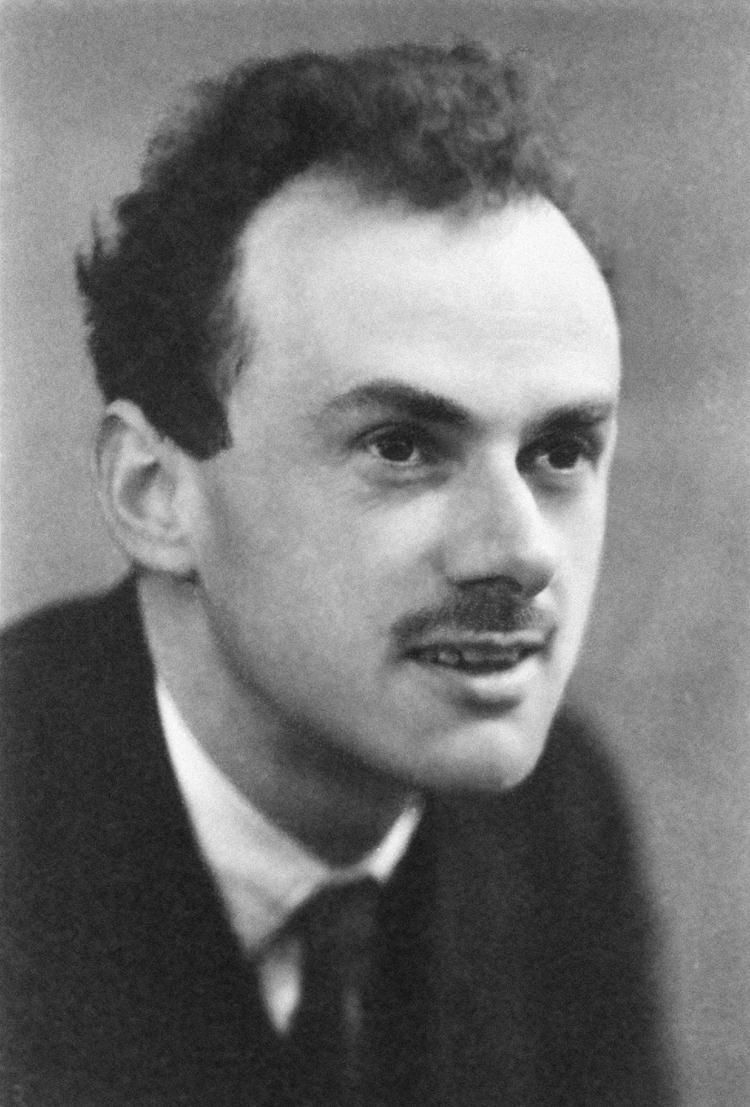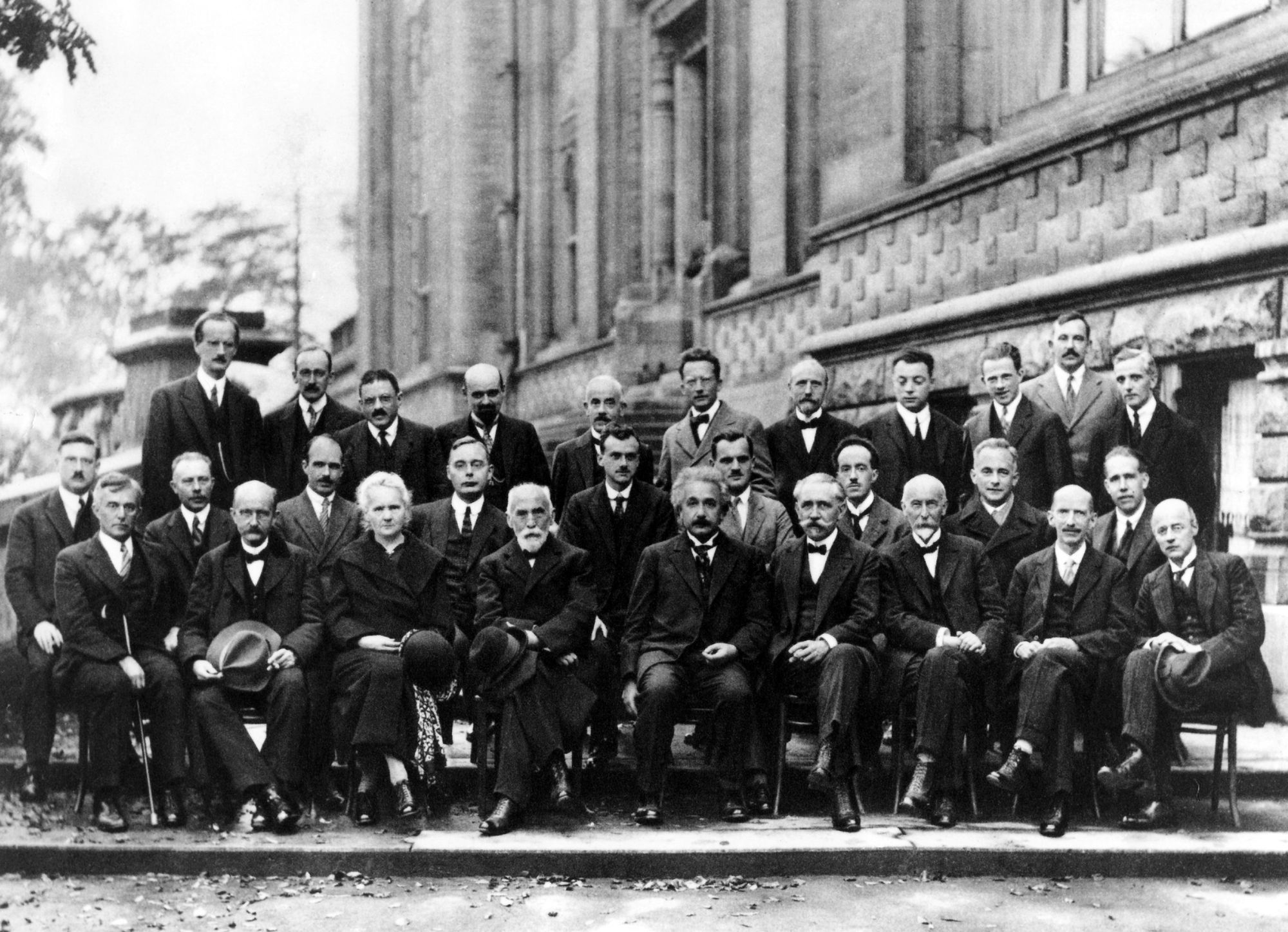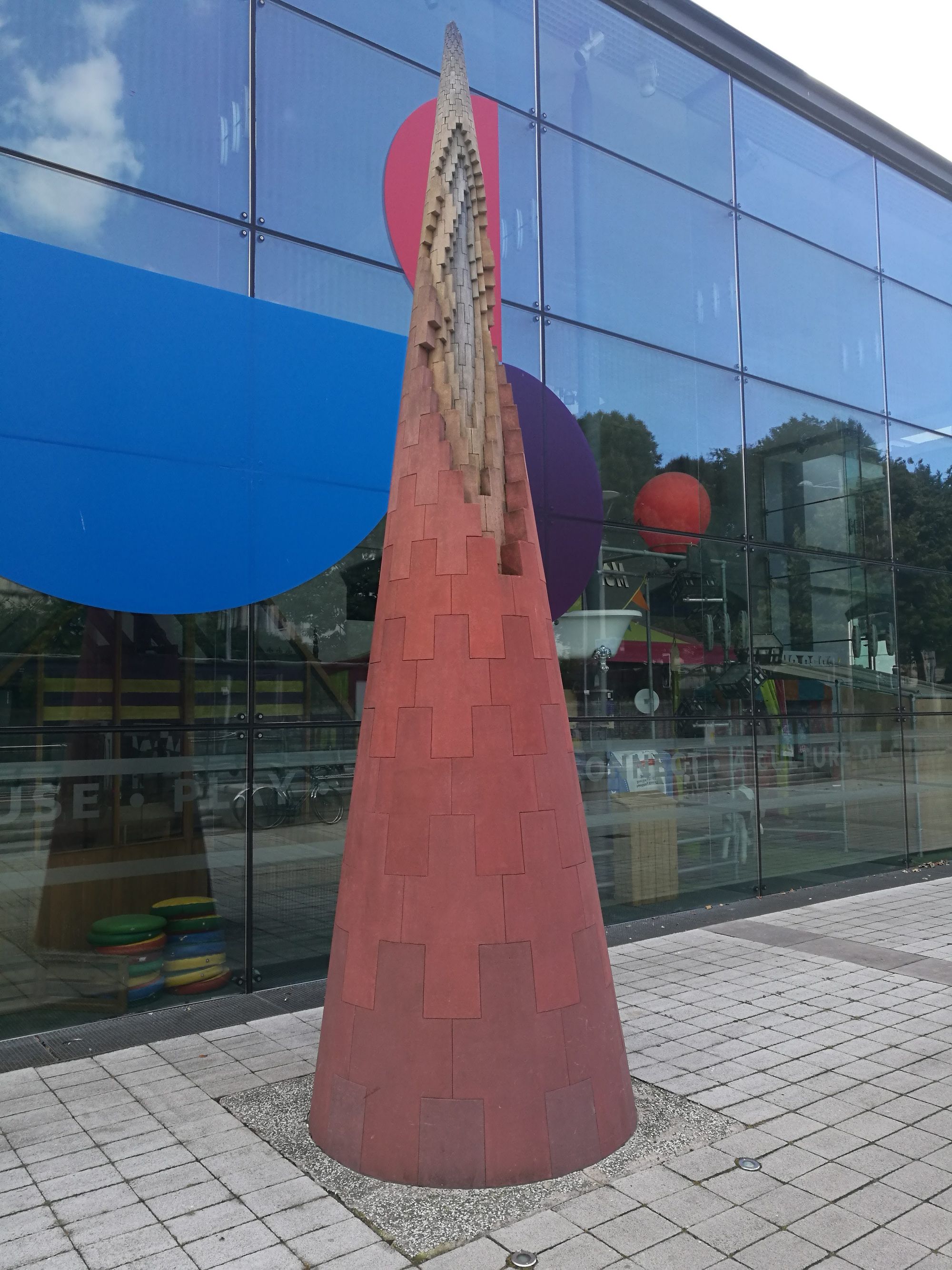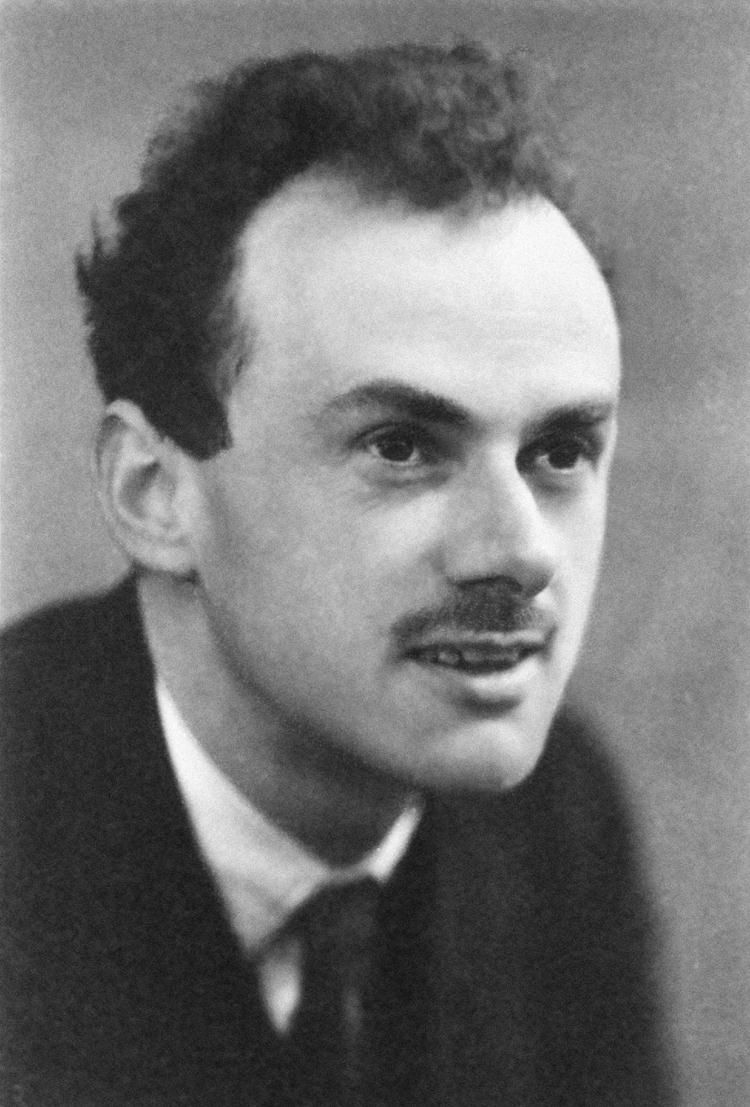By Edward Deacon, SciTech Digital Editor
The recent findings from CERN and Fermilab that suggest a new particle or force of nature is yet to be discovered present an opportunity to look back at the work of a physicist whose discoveries have underpinned modern particle and quantum physics: Paul Dirac.
Stephen Hawking once said that: ‘Dirac has done more than anyone this century, with the exception of Einstein, to advance physics and change our picture of the universe.’ And yet, unlike Einstein who exists in popular culture as a hallowed scientific genius, Dirac remains relatively unknown. This begs the question: why?
Dirac’s contributions to physics extend from quantum mechanics – for which he jointly won the 1933 Nobel Prize in Physics – to developing Einstein’s theories of relativity, and the discovery of antimatter. In terms of British physicists, Dirac’s contributions are thought to be some of the greatest since that of Isaac Newton and his famous theory of gravity.

Aside from physics, Dirac was known for his unusual character which had a unique charm. He was a very literal thinker, didn’t speak much and so was not one for small talk. Colleagues of his from Cambridge University once jokingly defined a unit called a ‘dirac’, corresponding to speaking one word per hour, which gives a flavour of his taciturn character.
Dirac was born in his family home 15 Monk Road, Bishopston, Bristol, on the 8 August 1902. His father, Charles, was a Swiss immigrant and the Head of Modern Languages at Dirac’s secondary school, the Merchant Venturers' Technical College (now Cotham School). His mother, a Bristolian, was a librarian at the Bristol Central Library just off College Green.
Dirac’s father was an immense disciplinarian who demanded that Dirac speak to him only in French and was quick to point out any mistakes he was making. It is argued that Charles’ cruelness and tyrant-like manner in their family home served to be stifling to Dirac. His relationship with his father, at least in part, could explain why he became a reserved, introverted and emotionally austere character.

At school, Dirac excelled, and he had a particular fondness for geometric drawing classes which served him well later in his life as a means to visualise complex mathematical ideas. Amongst other things, he loved cartoons and enjoyed Micky Mouse even as an adult.
Dirac went on to take a place at the University of Bristol to study electrical engineering. Upon graduating aged 21, he wanted to continue his studies at the University of Cambridge but couldn’t afford to study there. Instead, he took up a second degree in mathematics from Bristol, during which, he attended lectures on physics in addition to maths, becoming introduced to Einstein’s theories of special and general relativity.
Eventually, with enough money from scholarships, Dirac was able to move to Cambridge and undertake a PhD. His interests lied in the theories of relativity which he had learned about in lectures and the emerging field of quantum mechanics.

Dirac had the important realisation that these two fundamental theories of nature – one describing space, time, gravity and objects moving at speeds close to the speed of light, and the other, nature on the scale of atoms and individual particles – must be compatible with one another.
Dirac developed quantum theory considerably alongside figures like Werner Heisenberg and Erwin Schrödinger, the latter of which he shared the 1933 Nobel Prize in Physics with. Today, quantum theory is one of the most experimentally tested and ratified theories in physics. It has been extremely effective in describing nature on a very small scale and Dirac’s work was fundamental to its mathematical description.
In 1929, whilst on a cruise to a conference in Japan, a conversation between Dirac and Heisenberg was recorded that captured Dirac’s deeply empirical mind. Heisenberg – a ladies’ man and flirt – was asked by Dirac: ‘Why do you dance?’ To which Heisenberg replied: ‘When there are nice girls, it is a pleasure.’ Dirac pondered this, before replying: ‘But, Heisenberg, how do you know beforehand that the girls are nice?’

In a similar vein Dirac once said of poetry: ‘The aim of science is to make difficult things understandable in a simpler way; the aim of poetry is to state simple things in an incomprehensible way.’
Schrödinger came up with an equation that had proved very successful in quantum mechanics, but it was not a perfect description of nature as it did not take Einstein’s relativity into account.
One striking visual example of where it fails is in the appearance of gold. Schrödinger’s equation predicts that based on the light that is absorbed and that which is reflected off it, gold would appear silver in colour, rather than its distinctive yellow tone.

Dirac took inspiration from Schrödinger’s equation and went on to formulate his own equation (that correctly predicted the colour of gold). It was successful to a large extent, uniting quantum mechanics with special relativity, however, it also predicted the existence of something unusual: antimatter.
At the time, the suggestion that antimatter existed was a very bold idea but just two years later experiments confirmed its existence.
Antimatter consists of ‘antiparticles’ in much the same way that ordinary matter consists of particles. The two types of matter are, in a sense, opposite, and when combined annihilate one another.

Knowledge of antimatter is used nowadays, for instance, in medical imaging. PET (positron emission tomography) scans are used to detect diseases in humans and use positrons – the antiparticle of electrons in atoms – to create light that can measured in the scan. Particle colliders like those at CERN produce a very small amount of antimatter but it is very hard to assemble sizeable quantities of it.
Dirac was able to use his equation to pioneer the understanding of another area of physics, quantum electrodynamics (QED), which describes how light and matter interact. This theory plays an important role in modern particle physics and for researchers at the likes of CERN and Fermilab mentioned previously.
Dirac completed some of his most significant work when he was in twenties being just 27 when he was elected to the Royal Society and 29 when he was appointed Lucasian Professor of Mathematics at the University of Cambridge – a post once held by Isaac Newton, and more recently, Stephen Hawking.
Bristol researchers contribute to ‘tantalising’ results hinting at new physics
Bristol University’s impact on the world’s response to COVID-19, one year on from the first lockdown
In Bristol, Paul Dirac is commemorated in a few places in the city – though not always obviously. A blue plaque resides at 15 Monk Road where Dirac was born noting his achievements of being a Nobel Laureate and theorising antimatter and ‘Dirac Road’ lies in Bishopston just down the road from the house.
Outside We The Curious on Anchor Road, a sculpture by Simon Thomas entitled ‘Small Worlds’ was unveiled by Professor Sir Michael Berry from the University’s School of Physics in 2001. It was said, this ‘sculpture of concentric cones creates a scaled path through space pointing towards thee ever smaller worlds studied by Dirac.’ Sadly, however, there is no mention of Dirac visible near the sculpture.
It seems a shame that Paul Dirac is not more obviously commemorated in Bristol for his immense scientific achievements, though owing to his personality, he could well have preferred that way. Nonetheless, his scientific legacy will live on for many years.
Featured Image: Nobel Foundation
This article was inspired by the biography ‘The Strangest Man’ written by Graham Farmelo and I would encourage anyone interested in Paul Dirac to read this book.









